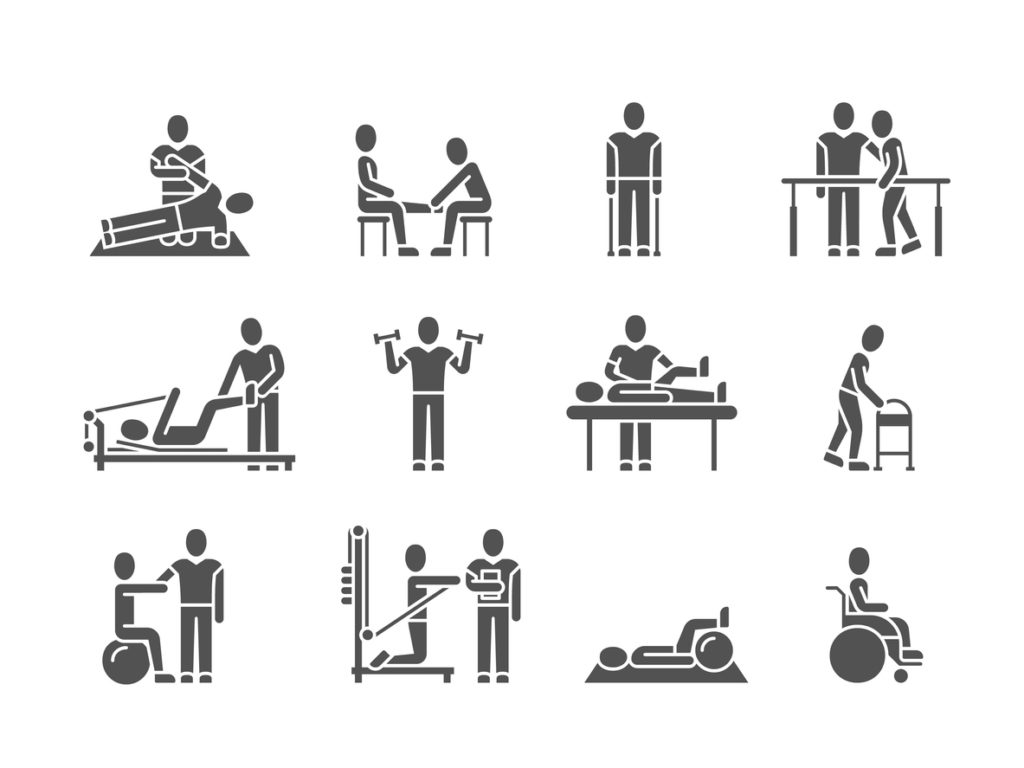Phase III randomised study to compare MPR with MP in newly diagnosed Multiple Myeloma subjects who are 65 years old or older.
Official Title
A Phase III, Multicentre, Randomised, Double-Blind, Placebo-Controlled, 3 Arm Parallel-Group Study to Determine the Efficacy and Safety of Lenalidomide (Revlimid) in Combination With Melphalan and Prednisone Versus Placebo Plus Melphalan and Prednisone in Subjects With Newly Diagnosed Multiple Myeloma Who Are 65 Years of Age or Older
Conditions
Multiple Myeloma
Study Type
Interventional
Study Design
Treatment, Randomized, Double-Blind, Placebo Control, Parallel Assignment, Safety/Efficacy Study
Further Details
Study Start
January 2007; Expected completion: December 2012
Eligibility & Criteria
- Ages Eligible for Study: 65 Years and above
- Genders Eligible for Study: Both
Inclusion Criteria:
- Must understand and voluntarily sign an informed consent form
- Age greater than or equal to 65 years at the time of signing the informed consent
- Newly diagnosed with symptomatic multiple myeloma as defined by the 3 criteria below:
MM diagnostic criteria (all 3 required)
- Monoclonal plasma cells in the bone marrow greater than or equal to 10% and/or presence of a biopsy-proven plasmacytoma
- Monoclonal protein present in the serum and/or urine
- Myeloma-related organ dysfunction (at least one of the following)* [C] Calcium elevation in the blood (serum calcium >10.5mg/dl or upper limit of normal) [R] Renal insufficiency (serum creatinine >2mg/dl) [A] Anaemia (haemoglobin <10g/dl or 2g < normal) [B] Lytic bone lesions or osteoporosis+ AND have measurable disease as defined by the following; IgG multiple myeloma: Serum monoclonal paraprotein (M-protein) level greater than or equal to 1.0 g/dL or urine M-protein level greater than or equal to 200 mg/24 hours IgA multiple myeloma: Serum M-protein level greater than or equal to 0.5 g/dL or urine M-protein level greater than or equal to 200 mg/24 hours IgD multiple myeloma: Serum M-protein level greater than or equal to 0.05 g/dL or urine M-protein level greater than or equal to 200 mg/24 hours Light chain multiple myeloma: Serum M-protein level greater than or equal to 1.0 g/dL or urine M-protein level greater than or equal to 200 mg/24 hours
- Karnofsky performance status greater than or equal to 60%.
- Able to adhere to the study visit schedule and other protocol requirements.
- Females of childbearing potential (FCBP**) must agree to use two reliable forms of contraception simultaneously or practice complete abstinence from heterosexual intercourse during the time periods related to this study: 1) for at least 28 days before starting study drug; 2) while participating in the study; and 3) for at least 28 days after discontinuation from the study. The two methods of reliable contraception must include one highly effective method (i.e. intrauterine device [IUD], hormonal [birth control pills, injections, or implants], tubal ligation, partner’s vasectomy) and one additional effective (barrier) method (i.e. latex condom, diaphragm, cervical cap). FCBP must be referred to a qualified provider of contraceptive methods, if needed.
Exclusion Criteria:
- Previous treatment with antimyeloma therapy (does not include radiotherapy, bisphosphonates, or a single short course of steroid [i.e., less than or equal to the equivalent of dexamethasone 40 mg/day for 4 days; such a short course of steroid treatment must not have been given within 28 days [4 weeks] of randomisation]).
- Any serious medical condition, including the presence of laboratory abnormalities, which places the subject at an unacceptable risk if he or she participates in this study or confounds experimental the ability to interpret data from the study.
- Pregnant or lactating females.
- Radiotherapy within 28 days (4 weeks) of randomisation.
- Plasmapheresis within 28 days (4 weeks) of randomisation.
- Any of the following laboratory abnormalities:Absolute neutrophil count (ANC) < 1,500 cells/mL (1.5 x 109/L) Platelet count < 75,000 cells/mL (75 x 109/L) for subjects in whom < 50% of bone marrow nucleated cells are plasma cells; but platelet count <30,000/mL for subjects in whom 50% of bone marrow nucleated cells are plasma cells Haemoglobin < 8.0 g/dL (80 g/L) Serum creatinine > 2.5 mg/dL (221 micromol/L) Serum SGOT/AST or SGPT/ALT > 3.0 x upper limit of normal (ULN)
- Prior history of malignancies, other than multiple myeloma, unless the subject has been free of the disease for greater than or equal to 3 years. Exceptions include the following:Basal cell carcinoma of the skin Squamous cell carcinoma of the skin Carcinoma in situ of the cervix Carcinoma in situ of the breast Incidental histologic finding of prostate cancer (TNM stage of T1a or T1b)
- Neuropathy of grade 2 severity.
- Known HIV positivity or active infectious hepatitis, type A, B or C.
Total Enrolment
450
Contact Details
- Robert Knight, MD rknight@celgene.com
New South Wales
- Royal Prince Alfred Hopstial, Camperdown, New South Wales, 2050, Australia; Not yet recruiting
Queensland
- Princess Alexandra Hospital, Woolloongabba, Queensland, 4102, Australia; Not yet recruiting
South Australia
- Institute of Medical and Veterinary Science, Division of Haematology, Adelaide, South Australia, 5000, Australia; Not yet recruiting
Victoria
- The Alfred Hospital, Melbourne, Victoria, 3007, Australia; Not yet recruiting
- Peter MacCallum Cancer Department of Haematology, East Melbourne, Victoria, 3002, Australia; Not yet recruiting
- Peninsula & South East Haematology & Oncology Group, Frankston, Victoria, 3199, Australia; Recruiting
All content and media on the HealthEngine Blog is created and published online for informational purposes only. It is not intended to be a substitute for professional medical advice and should not be relied on as health or personal advice. Always seek the guidance of your doctor or other qualified health professional with any questions you may have regarding your health or a medical condition. Never disregard the advice of a medical professional, or delay in seeking it because of something you have read on this Website. If you think you may have a medical emergency, call your doctor, go to the nearest hospital emergency department, or call the emergency services immediately.







